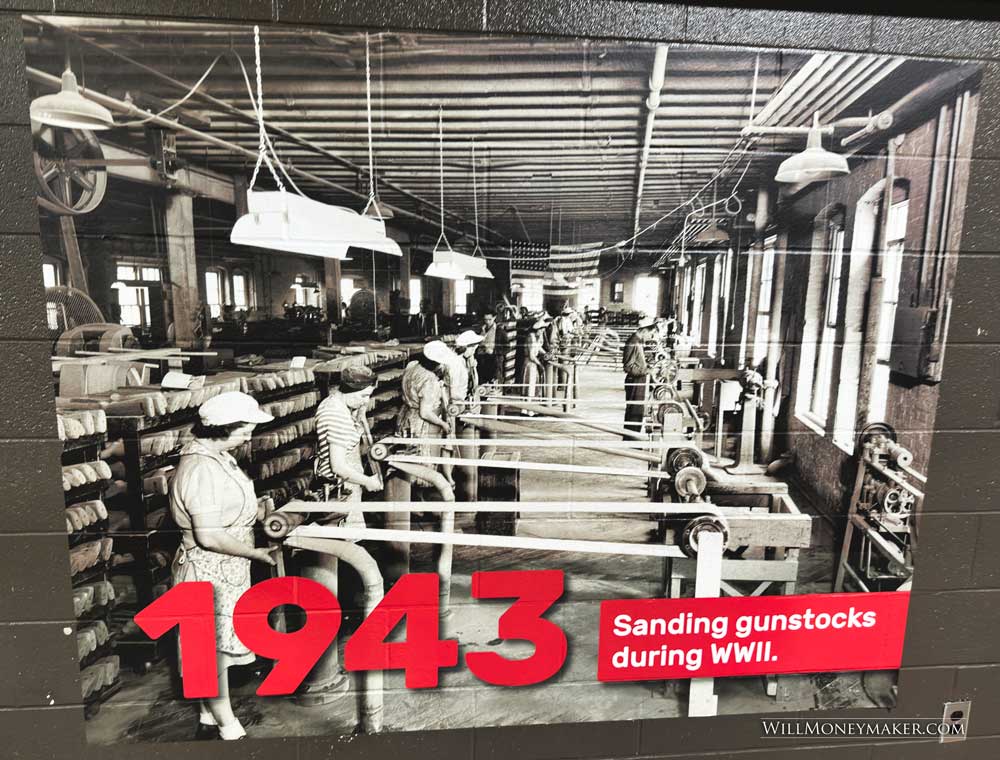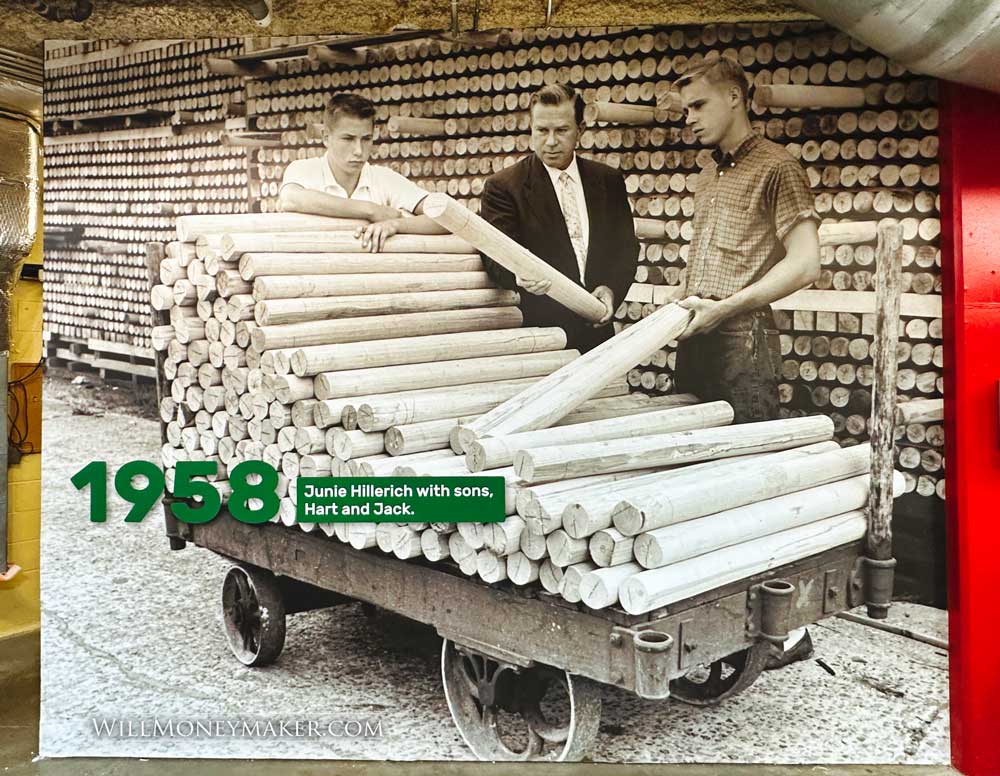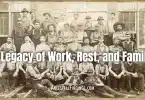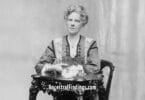Baseball! America’s beloved pastime has been shaped by the iconic Louisville Slugger baseball bat. The story behind this legendary bat is filled with innovation, perseverance, and a passion for the game. From its humble beginnings in a small woodworking shop to becoming a worldwide icon, the Louisville Slugger has left an indelible mark on the history of baseball. In this article, we will delve into the captivating tale of the Louisville Slugger, tracing its origins, key milestones, and the impact it has had on the game.
The story of the Louisville Slugger began in 1842, when J. Frederick Hillerich emigrated with his family from Germany to Baltimore, Maryland. In 1856, the Hillerich family moved to Louisville, Kentucky, where J. Frederick opened a woodworking shop called J.F. Hillerich, Job Turning. The shop catered to various woodcraft needs, from spindles and shutters to steamboat interiors, showcasing the family’s skill and craftsmanship.
It was in 1884 that the Louisville Slugger bat took its first steps toward becoming a baseball legend. John Andrew “Bud” Hillerich, son of J. Frederick, played an instrumental role in this development. As a passionate amateur baseball player, Bud made his own baseball bats and those for his teammates. Legend has it that during a Louisville Eclipse game, star player Pete Browning broke his bat. Bud, who happened to be in attendance, saw this as an opportunity and offered to make Browning a new bat at his father’s woodworking shop.

Browning agreed, and together, they selected a piece of ash for Bud to work on. The bat took shape under Bud’s skilled hands, and Browning tested it with a few swings. The result was remarkable: Browning scored three hits in the very next game with the bat Bud had crafted. This bat would go down in history as the first Louisville Slugger, paving the way for its future success.
While Bud Hillerich was enthusiastic about expanding the family business to include baseball bats, his father was initially skeptical. J. Frederick did not share the same love for the game and believed that there was little profit to be made in baseball bats. Instead, he saw potential in making a patented swinging butter churn. Despite his father’s reservations, Bud continued to push for the bat-making business.
Bud’s determination paid off as the Hillerichs’ baseball bat business began to thrive. In 1894, the name “Louisville Slugger” was registered as their trademark, solidifying their place in baseball history. Three years later, Bud officially became a partner in his father’s company, which was then renamed “J.F. Hillerich & Son.”
The success of the Louisville Slugger took another leap forward in 1905 when Honus “The Flying Dutchman” Wagner, a renowned shortstop for the Pittsburgh Pirates, became the first player to endorse a bat. Wagner signed a contract with J.F. Hillerich & Son, granting them permission to use his autograph on Louisville Slugger bats.

This endorsement marked a significant moment in sports marketing history, as it was the first time a professional athlete had endorsed an athletic product. The partnership with Wagner solidified the reputation of Louisville Slugger bats as the top choice for professional players.
In 1911, Frank Bradsby, a successful salesman, joined J.F. Hillerich & Son. Bradsby brought valuable sales and marketing expertise to the company, elevating its growth and reputation. Five years later, the company underwent a name change to Hillerich & Bradsby Co., reflecting Bradsby’s partnership and contributions.
Bradsby’s impact on the business was immeasurable, as he transformed Hillerich & Bradsby into a powerhouse in the bat-making industry. His marketing strategies and sales acumen propelled the Louisville Slugger brand to new heights, making it a household name among baseball enthusiasts.
The resilience of Hillerich & Bradsby was tested during significant historical events. During World War I, the company shifted its focus to supporting the war effort and manufacturing equipment for the troops. The same dedication continued during World War II, as Hillerich & Bradsby produced M-1 carbine gunstocks, track pins for tanks, and billy clubs for the armed forces. These contributions showcased the company’s commitment to serving the nation during times of need.

In 1937, a devastating flood along the Ohio River caused severe damage to Hillerich & Bradsby’s factory. However, the company persevered and worked tirelessly to repair the facility. Tragically, Frank Bradsby, the driving force behind the company’s sales and marketing success, passed away later that year. His contributions to the growth of Hillerich & Bradsby were honored by keeping his name associated with the company as a tribute.
The post-war era saw baseball continue as the nation’s beloved pastime, and Louisville Slugger bats remained the top choice for professional players. The list of legendary players who swung Louisville Slugger bats reads like a who’s who of baseball history. Babe Ruth, Joe DiMaggio, Ted Williams, Jackie Robinson, Roberto Clemente, Hank Aaron, George Brett, Ken Griffey Jr., and Derek Jeter are just a few of the iconic names associated with the Louisville Slugger.
In 1970, Hillerich & Bradsby expanded their offerings by introducing aluminum bats alongside their classic wooden bats. The production of aluminum bats necessitated the relocation of the factory to southern Indiana in 1970. However, the corporate headquarters remained in Louisville, a testament to the city’s significance in the history of the Louisville Slugger.
The legacy of the Louisville Slugger lives on through the Louisville Slugger Museum & Factory, a must-visit attraction for baseball enthusiasts. Located in downtown Louisville’s Museum Row, the museum showcases the rich history of Louisville Slugger bats and their impact on the game of baseball.
Visitors to the museum can explore interactive displays, watch a short film on the art of hitting, and even witness the production process of Hillerich & Bradsby bats. The museum’s collection includes baseball memorabilia, temporary exhibits with a pop culture focus, and collaborations with renowned institutions such as the Norman Rockwell Museum and the Charles M. Schulz Museum and Research Center.
The museum’s centerpiece is the world’s largest baseball bat, a towering 120-foot-tall replica that leans against the building. This colossal bat, made of hollow carbon steel and weighing 34 tons, serves as a testament to the enduring legacy of the Louisville Slugger.
The story of the Louisville Slugger is a testament to the power of innovation, perseverance, and passion. From its humble beginnings in a woodworking shop to becoming a global icon in baseball, the Louisville Slugger has left an indelible mark on the game. Its association with legendary players and its role in shaping the history of baseball make it a true symbol of the sport’s enduring legacy. The Louisville Slugger Museum & Factory is a testament to this legacy, inviting visitors to immerse themselves in the captivating tale of America’s most famous baseball bat.






